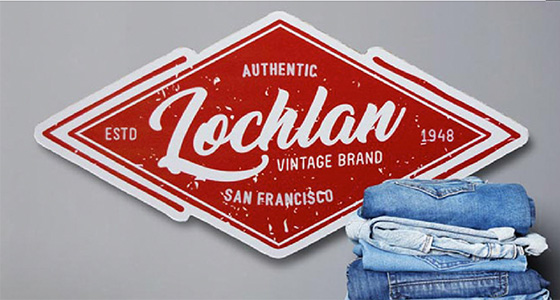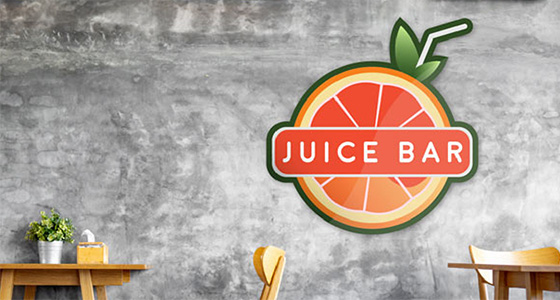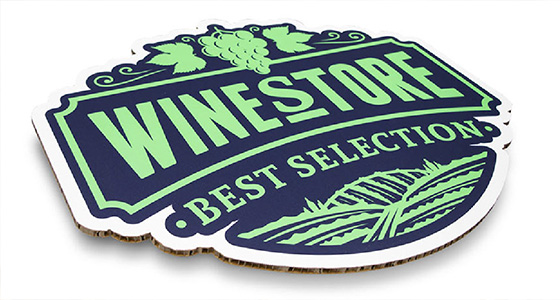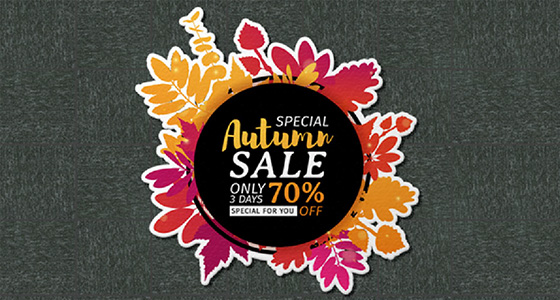The next time you’re in your favorite store or shopping center, pay close attention to the general shape of the signs you see. The money here says most of the signs you’ll encounter are squares or rectangles. And that’s okay – there’s nothing at all wrong with basic square shapes. In many ways, square shapes make the world go ‘round.
But if you want your signage to truly stand out, you might consider a custom shape – one that will attract more eyeballs and perhaps even take your marketing and brand to another level.
Here at Signs.com, we can help you add that custom shape to your signage. How do we do it? Let’s take a look at a few of the tools we use.

Tools for Custom Shapes
If you picture using a jigsaw or even a handsaw or hacksaw when cutting a custom shape for your sign, you’re a bit behind the times. Not that you can’t use a manual blade or handheld power tool for cutting materials. But for a sign shop that does any kind of quantity at all in custom shapes, it’s more likely to be using some type of computer-controlled/programmed cutting device that can rapidly turn out the jobs.
In addition, accuracy is a critical factor: Today’s automated cutting machines can produce all kinds of intricate and detailed shapes, ones that can’t be easily or as quickly produced with other cutting tools. Straight blades are fine for cutting square shapes, but today’s modern signage provider likely utilizes some combination of the following tools when producing custom-cut signs for customers.
Vinyl cutters and printer-cutters: For cut vinyl letters – like with our Vinyl Car & Truck Lettering – as well as paper and other similar materials, you’ll find shops using a vinyl cutter or a combination printer-cutter.
As the name indicates, a vinyl cutter is a standalone, computerized cutter that can accept a print file and produce a custom-cut piece. Printer-cutters, meanwhile, not only cut, but also print – these are printers that have integrated custom-cut capabilities.
In vinyl cutters and printer-cutters, the design is programmed into the machine’s brain, vinyl is fed through, and the design is printed and cut (or just cut). Both types of machines are capable of cutting intricate shapes, but they’re usually limited to thinner vinyl and paper substrates, and they can be limited when it comes to how wide they can cut, too.
CNC routers – You might already be familiar with a CNC router. Popular with woodworkers, machine shops, metal fabrication shops, kitchen manufacturers, and even DIYers, these machines have also found a home in many sign shops.
Comprising a stationary table with a cutting spindle or router mechanism, CNC routers are computer-controlled, high-speed cutting machines that can take on an array of materials: from metal and composites to plastic, foam, wood, and more. Using a CNC machine, you can cut, engrave, carve, drill, and mill; the tool’s “cutting path” is established by coordinates that are fed via a CAM program that’s been set up by the machine’s operator.

One downside to CNC routers: They’re not always the best cutting solution when it comes to cutting flexible materials like vinyl and fabrics. At Signs.com, we tend to utilize our CNC router for harder, more dense signage substrates – those that cannot be easily cut (or bent or scratched).
Flatbed cutters: The flatbed cutter is the jack-of-all trades cutting option for many sign shops. As with CNC routers, they include a stationary table and a cutting spindle with various blades (although its blades are of the fixed and straight variety). The difference is that they can take on rigid and flexible materials, including fabrics. CNC routers, it should be noted, can accommodate thicker and heavier rigid substrates than most flatbed cutters.
For signage, it’s a two-part process. First, your design is printed onto your chosen substrate. The printed substrate is then placed on a computerized cutting and/or routing system, which, again, has been programmed with your design.
Here at Signs.com, our flatbed cutter is a Zünd modular cutting system that can cut, score, and draw on a range of material, including vinyl, fabrics, leather, cardboard, foam core, rubber, and other substrates. Different blades are suited for different materials and can vary in size and shape. We can cut all the way through material, of course, but we can also do a “kiss cut” (just going through a top layer, but leaving a backing layer intact) or score the material. We’ll get back to more specifics on our flatbed cutter in a minute, but let’s first address one more cutting option that’s available.
Laser cutters – While all of the preceding cutters use blades, laser cutters use amplified light to cut through materials. Extremely precise and fast, laser cutters can also take on a broad range of materials, including metal, wood, acrylics, and even fabrics; they can also engrave. However, laser cutters aren’t necessarily the best cutting solution when it comes to plastics and other materials that might be affected by heat; and, they can consume quite a lot of power with frequent use.

Curves Ahead
You might have noticed that we used the phrase “programmed with your design” earlier in discussing flatbed cutters. We should delve at least a bit deeper here because this programming is where the “art” of the cut takes place, enabling your custom-cut signage to really stand out.
For the Zünd (as well as our CNC router) to cut each job properly, we have to create a “cut file” containing small registration marks that instruct the machine where to cut the material/substrate we’re using for this particular project. While some projects can utilize templates for cutting, custom signage (and other projects) requires us to produce custom files for the cutting. The file type cut on the Zünd is typically from an Adobe Illustrator file.
Next, the sheet of material is laid flat on the cutting table. The Zünd’s computer-aided system moves the cutter head along the x-axis (the horizontal plane) and/or y-axis (the vertical plane) to slice through the material in the designed pattern. The cut file informs the cutting tool where to make each cut in relation to the pre-printed registration marks. It’s aided by the machine’s vision registration technology – basically a camera that enables the cutter to “see” the entire printed file and the registration marks.
And, of course, just one of the cool things about a cutter like this is that because of its computer-based registration technology, it can replicate designs over and over again. So no matter how many custom signs you want made from your design, we can handle it.

The Shape of Things to Come
Generally, we can accommodate most designs if you’re looking for a custom-cut sign, whether we’re using our flatbed cutter, CNC router, or other tool. There are, however, a few things to keep in mind when specifying and designing a custom shape.
For instance:
- Just about every material can be custom cut, but a few substrates are problematical – either due to the nature of the cutting process or other challenges with the materials.
- Super detailed cuts: We will, of course, strive to accommodate your design, no matter how detailed the cut might be. Sometimes, however, we might need to simplify the design in order to realistically produce the best-looking custom shape.
- We typically avoid a project that involves something that needs to be cut and later reassembled by us – multiple pieces are inherently troublesome.
Rest assured that we’ll work with you to ensure the custom-shaped sign we produce is the sign you had in your mind’s eye. Plus, don’t forget that our Design Team offers free design services, including sketch-to-design help, image retouching, logo format conversion, and more.
From https://ift.tt/2H0fTCQ, find us on maps: https://bit.ly/31tHUKW
No comments:
Post a Comment